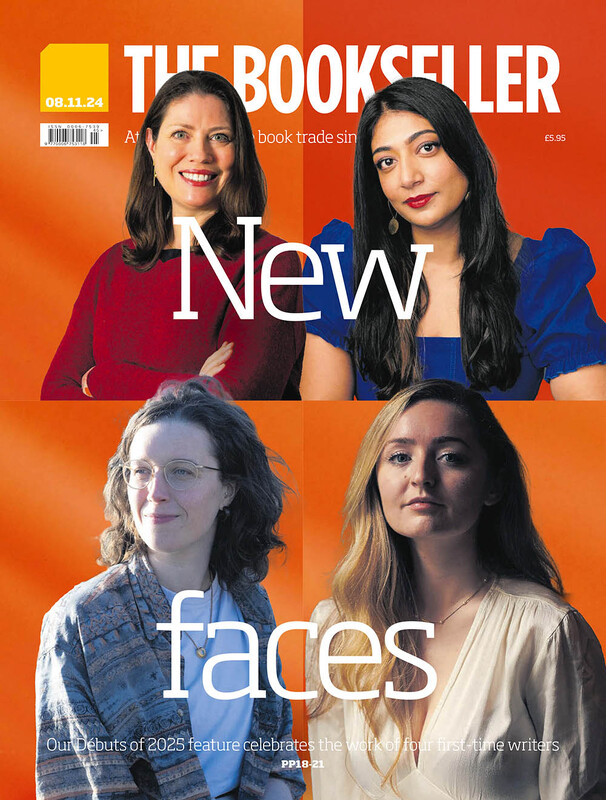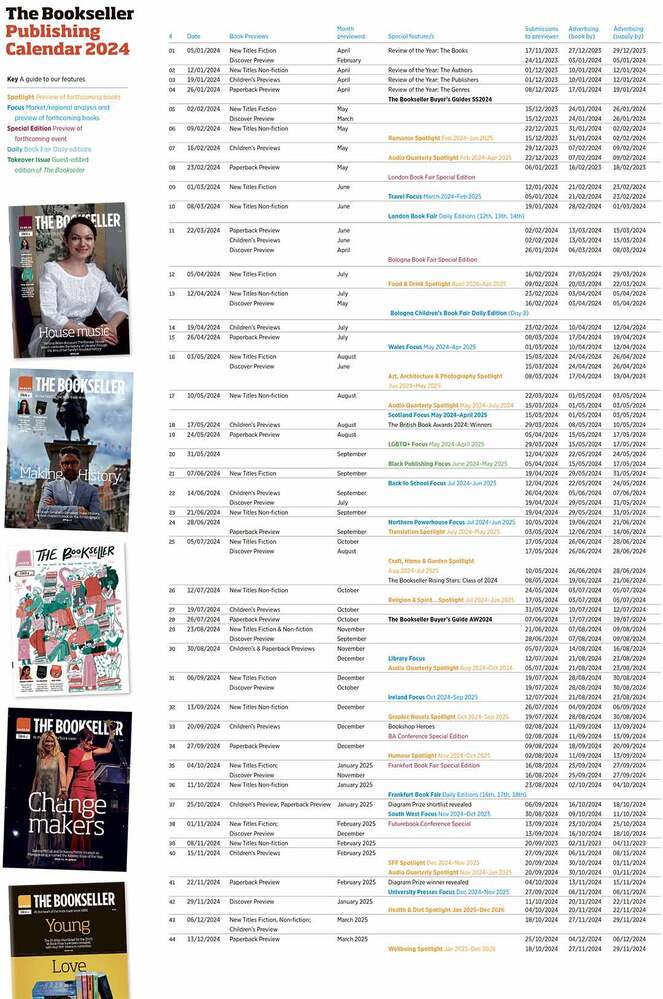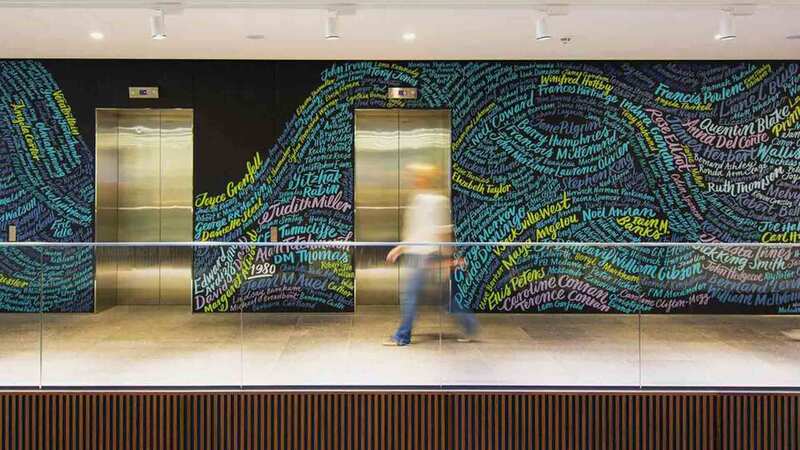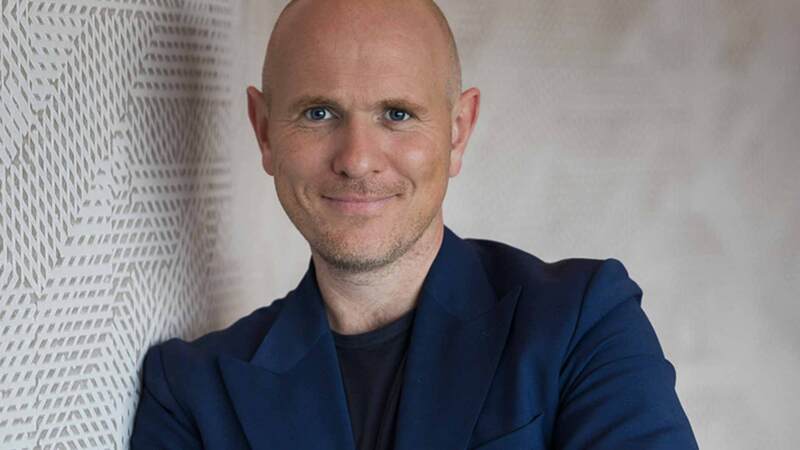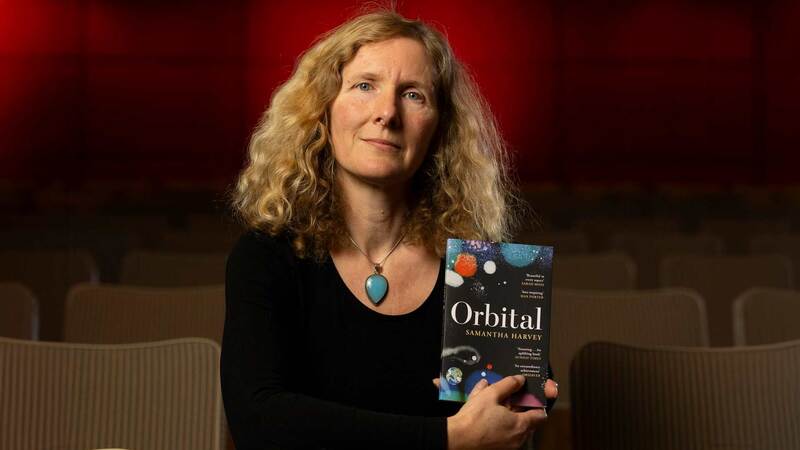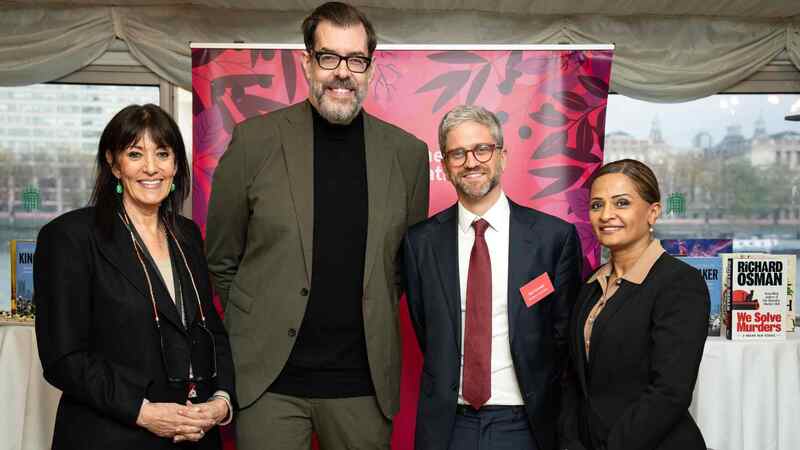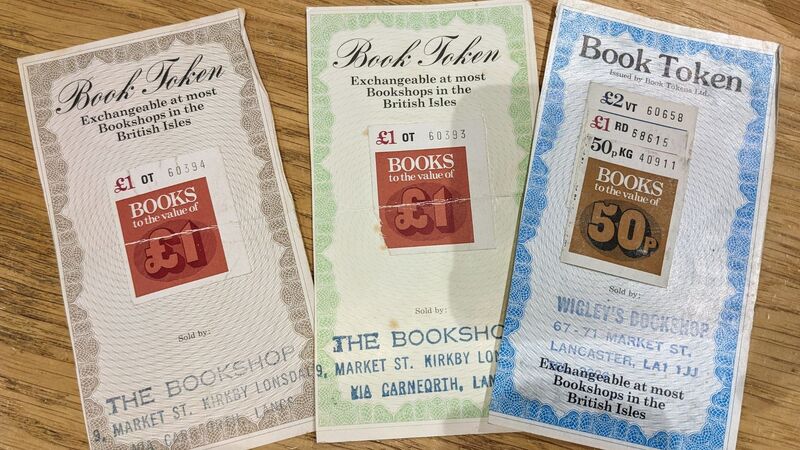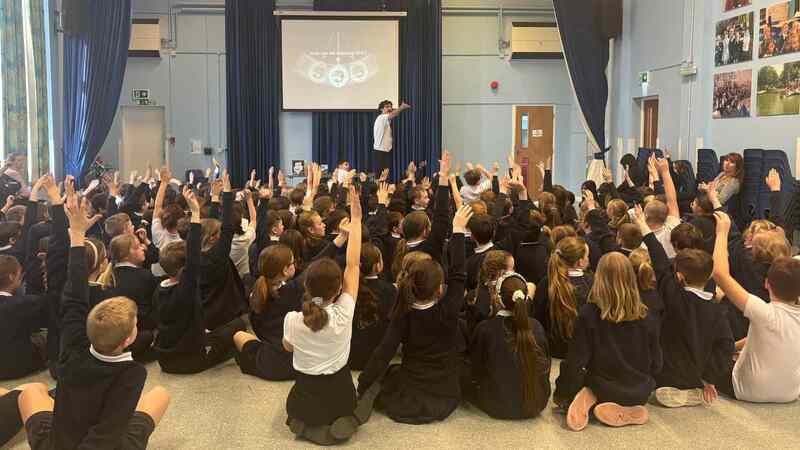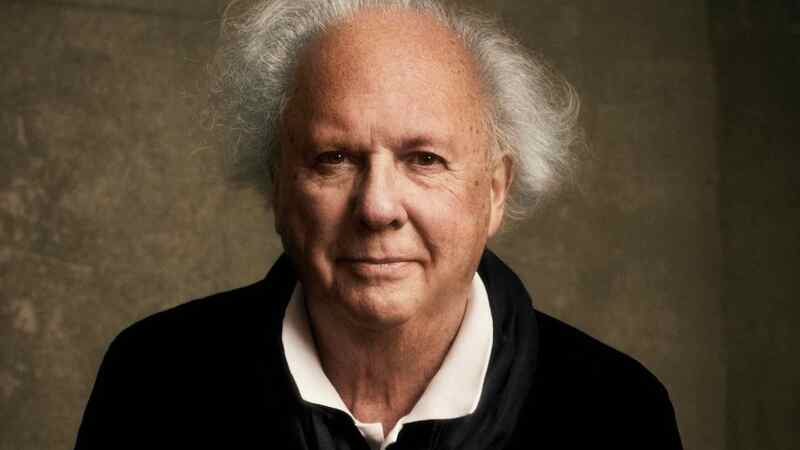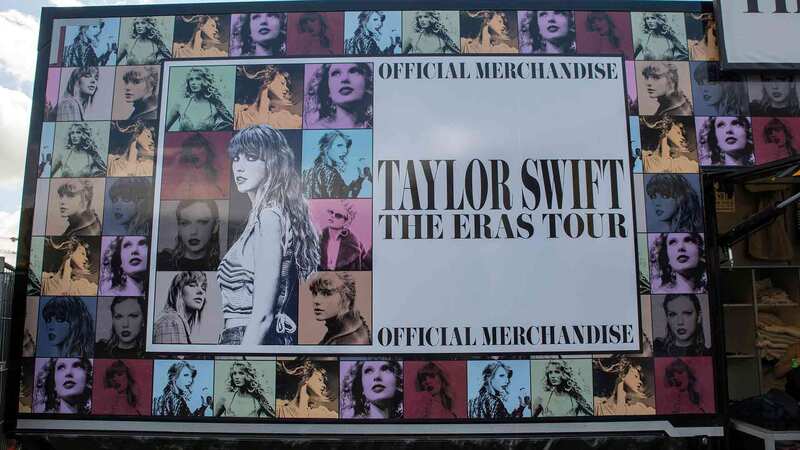Muse in the machine
If we see it as a tool rather than a threat, AI can supercharge human creativity.
Since taking on my new role at Pan Macmillan as global AI lead I have been fortunate to take part in some insightful and inspiring conversations about AI, acting as both a prompt for my own deeper thinking on the topic, as well as reminding me again of the value of human connection, cogitation and community in our industry: a few things that I think AI will never replace.
One theme that has become apparent to me is a tendency towards dichotomy in these discussions – a desire to ask people to position themselves either as for AI or against it.
Perhaps this polarising tendency comes from the fact that AI can all too easily be positioned as the death knell for creators and creativity or, at best, purely another technology which will do no more than create efficiencies. But what if we looked at it another way? What if we thought about AI not just as the potential thief of creativity but also as a tool to enhance and extend creativity, and even to enable us to create new things that would never have been possible without it?
When new technologies arrive, businesses often turn to the low-hanging fruit of operational efficiencies, problem solving and removing the pain from manual processes. That’s all great (and to be clear, I believe we should definitely be doing this) but we should also be reaching for the creative possibilities that might most energise and motivate our vocationally-inspired, imaginative community when applying AI to our work. And as media businesses, this could give us the power to greatly augment our ability to innovate.
A recent Harvard Business Review article summarises four key ways that generative AI can enhance human creativity: promoting divergent thinking, through associating diverse concepts and drawing links between them; challenging expertise bias, in which experts find it difficult to accept novel ideas based on preconceived ways of doing things; assisting in idea evaluation, by increasing the specificity of ideas or combining them, and refining ideas, by sorting and merging multiple ideas to produce much stronger ones.
It is AI’s ability to process large amounts of data, identify patterns, and generate predictive insights that can allow creators to refine and improve their approach, generating innovative solutions that solve real-world problems, or simply thrill and delight.
AI provides insights based on data patterns, but it is the human ability to connect, empathise, and make non-linear imaginative leaps that brings about truly transformative ideas
Some examples… AI’s ability to analyse complex data sets can directly fuel innovation in product design. Adidas, the global sportswear giant, has leveraged AI combined with 3D printing to create "Futurecraft.Strung", a shoe knitted with data. It involves mapping each thread on the shoe to optimise performance and comfort based on the user’s specifics.
Or take the ingenious app Brickit, which uses a smartphone’s camera to scan any random pile of building bricks such as Lego, and produces multiple ideas for models that can be built with them. Its machine-learning based algorithm recognises over 1,600 of the most common bricks from even the tiniest bits and must bring joy to multitudes of children and families who, like us, always got all the brick sets muddled up or frequently lost vital components.
I love an example provided to me by publishing consultant Katie Roden of an AI poetry clock developed by one of her contacts, Matt Webb. It tells the time every minute with a new poem composed by ChatGPT. He made it for himself for fun, posted it online and it went viral. Now he’s crowdsourcing the funding to put it into production. And Matt makes a brilliant point in his LinkedIn post about the clock: “…With a flurry of AI hardware products that promise to up-end our lives, and fears about AI taking our jobs… I love having this very humble clock on my shelf, even as a prototype, that demystifies AI”. AI can simply be funny, quirky and bizarre sometimes too.
In the realm of marketing campaigns, AI-assisted creativity can also really stretch the possibilities, especially when combined with other technologies. Burger King’s "Whopper Detour" campaign used geolocation technology to direct customers on its app to the nearest McDonald’s, only to offer them a Whopper for a penny if they rerouted to a Burger King within a limited time. Of course, it is the ingenious blend of the human-inspired idea (which took an understanding about brand rivalries, an instinct that people would love a race element and a dash of humour) combined with the technology which produces this fun and surprising brand-building experience.
And I loved Heinz’s AI-enabled brand campaign. They extended their "Draw Ketchup" campaign, in which they had asked consumers to draw their impressions of the iconic Heinz ketchup bottle, by asking Open AI’s Dall-E 2 generator to create a series of sauce-inspired images. When the team fed Dall-E their ketchup-inspired prompts it continuously generated images with aspects of Heinz’s signature branding. Apparently even AI thinks that all ketchup is Heinz ketchup.
In all these examples, AI provides insights based on data patterns, but it is the human ability to connect, empathise, and make non-linear imaginative leaps that brings about truly transformative ideas. I’m excited to see what publishers and our wider creative community might mastermind with the support of AI. If we use our intuition, understanding and smarts perhaps we can think of AI more as a muse than a machine.


